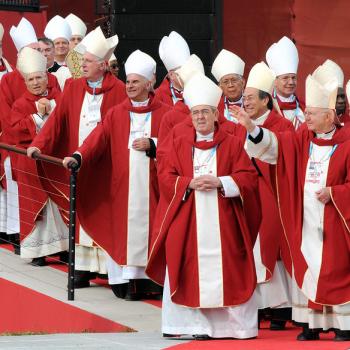In 1974 you could buy an average copy of Action Comics #1—the first appearance of Superman—for about $400. By 1984, that comic cost about $5,000. This was real money, and by the end of the decade, comics sales at auction houses such as Christie’s or Sotheby’s were so impressive that the New York Times would take note when, for instance, Detective Comics #27—the first appearance of Batman—sold for a record-breaking $55,000 in December 1991. The Times was there again a few months later, when a copy of Action Comics #1 shattered that record, selling for $82,500. Comic books were as hot as a market could be. At the investment level, high-value comics were appreciating at a fantastic rate. At the retail level, comic-book stores were popping up all across the country to meet a burgeoning demand. As a result, even comics of recent vintage saw giant price gains. A comic that sold initially for 60 cents could often fetch a 1,000 percent return on the investment just a few months later.
But 1992 was the height of the comic-book bubble. Within two years, the entire industry was in danger of going belly up. The business’s biggest player, Marvel, faced bankruptcy. Even the value of blue chips, like Action Comics #1 and Detective Comics #27, plunged. The resulting carnage devastated the lives of thousands of adolescadolescent boys. I know. As a 12-year-old I had a collection worth around $5,000. By the time I was ready to sell my comic books to buy a car—such are the long-term financial plans of teenagers—they were worthless.
The comic-book bubble was the result not of a single mania, but of a confluence of events. Speculation was part of the story. Price gains for the high-value comics throughout the 1980s attracted speculators, who pushed the prices up further. At the retail level, the possibility that each new issue might someday sell for thousands of dollars drove both the sale of new comics and the market for back-issue comics. It was not uncommon for a comic book to sell at its cover price (generally 60 cents or $1) the month it was released and then appreciate to $10 or $15 a few months later.
But the principal cause of the bubble was the industry’s distribution system.
via The Crash of 1993 | The Weekly Standard.
Mr. Last goes on to spell out how the distribution system both inflated the comic book market–not just collectibles but the whole industry–and then brought it crashing down. Marvel Comics actually went bankrupt in 1996.
The market did recover somewhat. In 2009, thirteen years after bankruptcy, Marvel was bought out by Disney for $4 billion. And Action Comics #1 now sells for $1.5 million. But the money today comes not from selling magazines on woodpulp but from intellectual property: the movies that get made from comic books–as well as the accompanying toys and merchandise–make them valuable.
I lived through what Mr. Last describes. In my years of reading comic books as a kid, I accumulated some titles that actually became rather valuable. In the early 1970s, as a college student perennially in need of money, I sold them. Soon the money was gone and a few years later I was kicking myself at how those titles had skyrocketed in value. Now I just wish I had them so that I could read them again and re-experience my childhood imagination.
HT: Tom Hering















